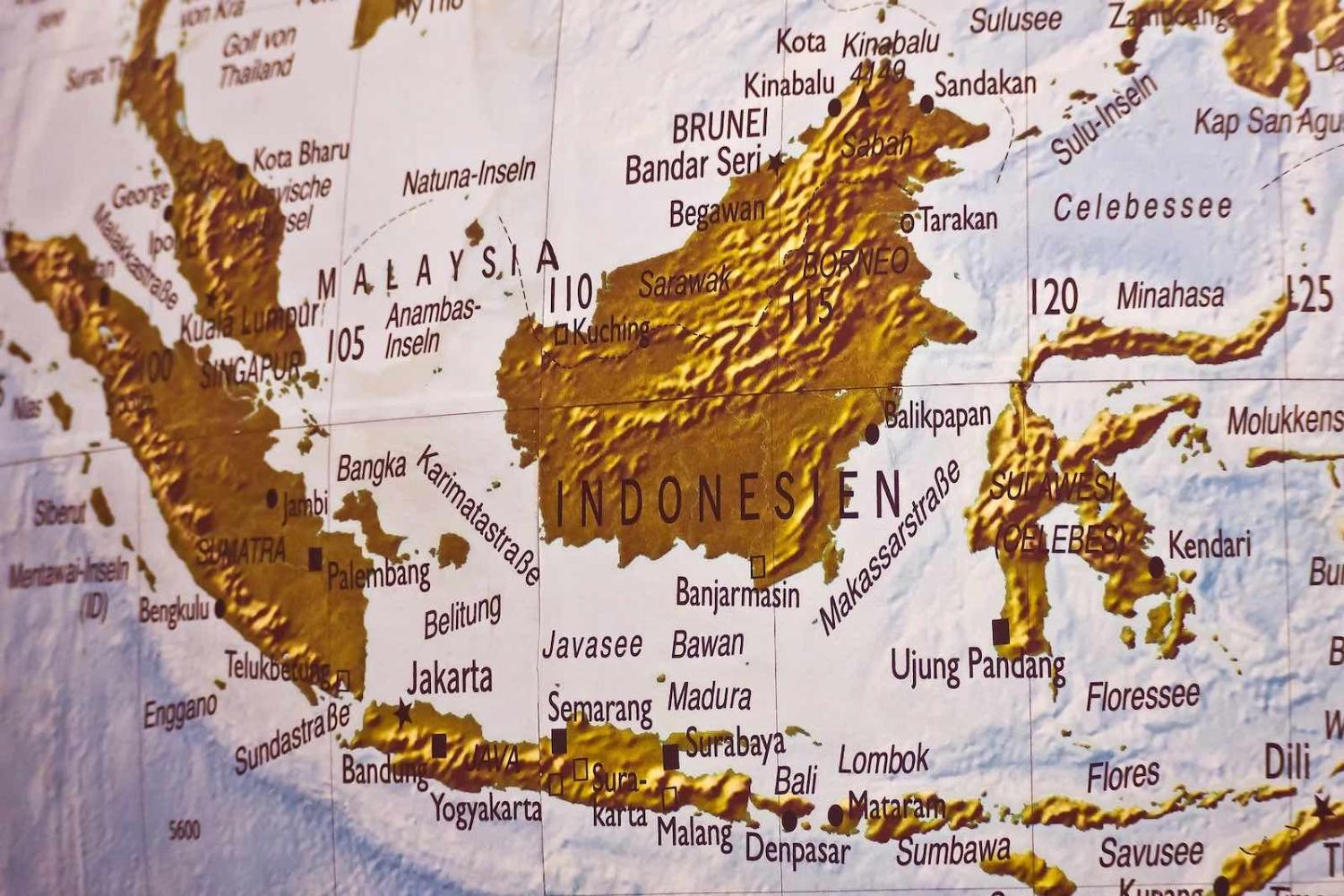Much of the economic gains from the newly signed mega trade deal known as the Regional Comprehensive Economic Partnership will come from mitigating what is called the Asian “noodle bowl effect”. The deal will harmonise what have to date been separate rules of origin across the region into several cumulative schemes, with the changes allowing advanced manufacturing supply chains. In the coming weeks, much will be said on how Indonesia specifically can maximise the gains and minimise the losses from the agreement.
But more than that, what Indonesia and ASEAN as a whole should understand for themselves is that RCEP is geopolitically strategic.
First and foremost, RCEP is an achievement of an ASEAN-centered regional economic integration. This free trade agreement deal consists of the ten ASEAN members, China, Japan, South Korea, Australia and New Zealand, covering around 30% of the world’s economy and population. Eight years of negotiations has resulted in an effective amalgamation of the free trade agreements that ASEAN has with its regional partners: the ASEAN-China FTA, ASEAN-Japan Comprehensive Economic Partnership, ASEAN-Korea FTA and ASEAN–Australia–New Zealand FTA.
Being the largest economy in the group, China understandably is thought of as the most influential player in RCEP. But multilateral negotiations are rarely that straightforward.
In terms of regional integration, this stands as a major accomplishment.
Because of ASEAN, RCEP became the first multilateral trade agreement that includes China, Japan, and South Korea. It is in line with ASEAN’s strategy of engaging and involving relevant powers in a common framework based upon ASEAN.
This should dispel the narrative that RCEP is “China-led”, but that seems unlikely, given the overbearing tendency to view everything through the prism of US-China rivalry. Being the largest economy in the group, China understandably is thought of as the most influential player in RCEP. But multilateral negotiations are rarely that straightforward.
ASEAN may have played a central role, but Japan has also substantially shaped the final agreement, along with Australia. Together with Canberra, Tokyo’s efforts to include chapters on investment and services made it into the final agreement, as opposed to Beijing’s emphasis for simply liberalisation of trade in goods.

But it is also true that through the prism of US-China rivalry, Washington has clearly lost out in the present situation. Not necessarily America, because US multinationals can benefit from more integrated value chains in Asia. So do American workers and consumers with cheaper inputs and goods. But the US has lost influence, given that the geopolitics of trade mainly concern control of membership and agenda-setting in negotiations.
The US was not a negotiating member of RCEP because having an FTA with ASEAN was a prerequisite to joining the negotiations. The US does not have one. In a fashion, the proposed Trans-Pacific Partnership (TPP) was the American answer to this, but despite driving the TPP almost to completion in 2016, the US succumbed to its own protectionist tendencies when President Donald Trump withdrew from the negotiations in his first day in office the following year.
Spearheaded again by Japan and Australia, the remaining TPP members decided to go ahead with the agreement, and it became the Comprehensive and Progressive Trans-Pacific Partnership (CPTPP). Now, with RCEP signed, not only is the US out of the world’s largest regional trade agreement centered in Asia, its exporters also lose out in terms of market access in the members of CPTPP that the US itself helped to negotiate.
For Indonesia and ASEAN, RCEP should be the start, not the end, of regional integration. As with other agreements within the ASEAN-Plus framework, RCEP will be subject to review and open to further improvement. There are opportunities for further liberalisation in RCEP chapters on investment, trade in services, electronic commerce, competition and agriculture.
And of course, the elephant in the room (or out of it, as might be better said) is that India has chosen to stand apart from RCEP. Indonesia should lead ASEAN in deepening our economic relationship with India. An upgrade of the existing ASEAN-India FTA, for example, should be on the agenda.
The same goes for the US. RCEP mostly covers the “Asia” part of Asia-Pacific (leaving aside Australia and New Zealand) but not the broader Indo-Pacific. Further economic engagement with the US, the largest economy in the Pacific, should not be discounted. ASEAN capitals should soon have a more sympathetic counterpart in this area with the incoming Biden administration.
The next step for the agreement is ratification by national parliaments in order for it to take effect. RCEP will come into force 60 days after six of the ten ASEAN members and three of the five dialogue partners complete the ratification process. Indonesia and ASEAN should rightfully celebrate the finalisation of RCEP. In an uncertain global economy hobbled by the trade war and coronavirus pandemic, the agreement sends a clear message that the economic integration agenda in Asia marches on.
For America, however, finalisation of the agreement should serve as a wake-up call about how imbalanced its foreign policy in Asia between security and against economic engagement has become.

